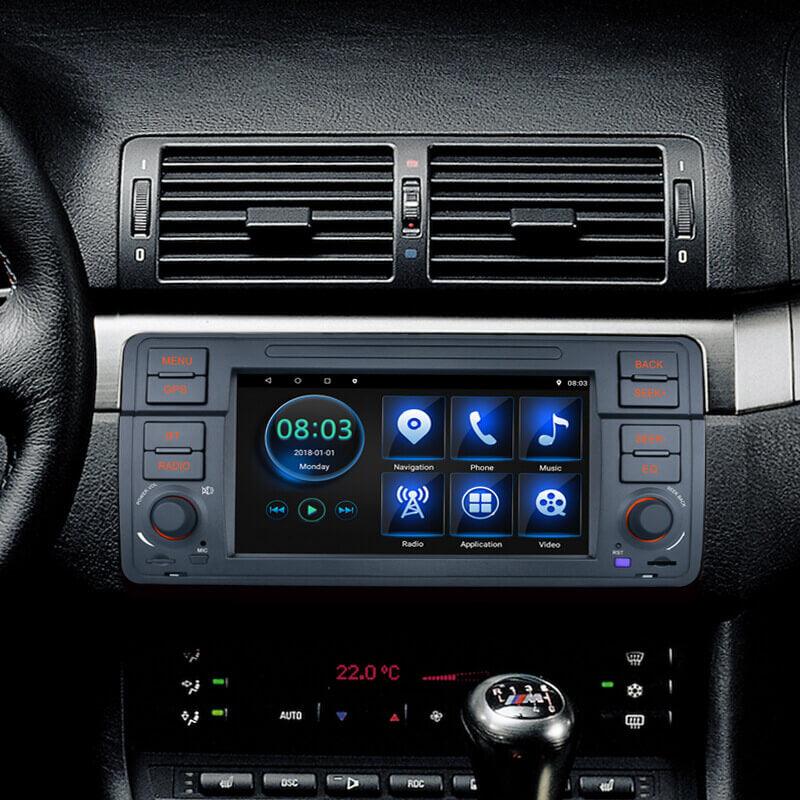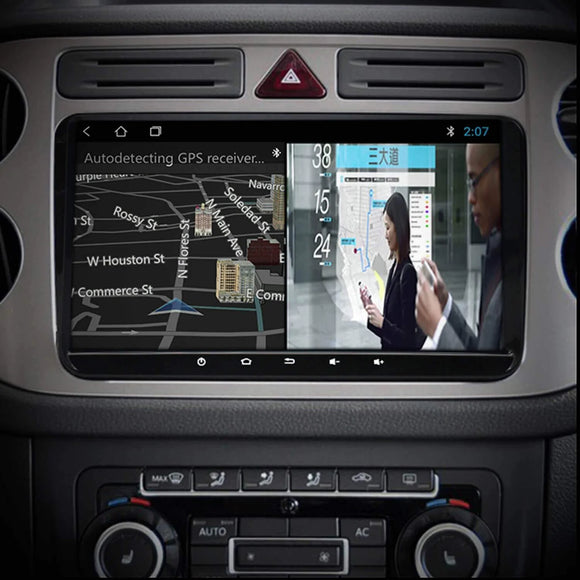
The automatic in-car navigation system that existed before satellites
Standalone navigation gadgets are becoming extinct. Nowadays, most automobiles have navigators built into their dashboards, and if you have a smartphone handy... well, there's an app for that. Although demand for the gadgets has declined in recent years, the technology that powers them is still alive and well, floating around in space. GPS, as we know it today, did not become operational until the mid-1990s, albeit it was preceded by Transit, the first satellite-based geolocation network constructed in the 1960s. However, the first automatic in-car navigation system was created before we had the technology to send anything into space.
The current navigation idea may be traced back to the early 1930s and the invention of the Iter-Auto. The gadget was supposed to be fitted to your car's dashboard and filled with routes printed on long paper scrolls by an Italian business located in Rome. It was linked to the vehicle's speedometer, so the scroll wound in proportion to the distance traveled. The maps itself featured notifications for forthcoming road features such as bridges and level crossings, as well as garages, motels, and other amenities, much like their computerized counterparts today.Even the Iter-Auto wasn't a wholly novel concept. John J. Bovy received a US patent in 1921 for a dashboard-mounted navigation device for drivers that employs maps printed on scrolls. A few years later, in 1927, a British company produced the Plus Four Wristlet Route Indicator, which was essentially an early twentieth-century version of a wristwatch that ran Google Maps. It came with scrolls covering numerous common travel routes around the UK, many of which began in London. You also got a golf scorecard scroll, so you might say this vintage wristworn device had numerous 'apps.'
Wristlet Route Indicator Plus Four
The enhanced level of automation was the Iter-Auto's significant advance above prior, comparable designs. It provided a unique hands-free technique to fairly accurate navigation thanks to its speedometer tether. The Iter-Auto, on the other hand, proved to be ahead of its time. In the early 1930s, car ownership was uncommon, and maps printed on scrolls were only truly useful for trips along mostly straight, Roman-style highways; a bad turn, or any turn, might rapidly take you off-grid. As a result, the Iter-Auto was never a mass-market success.
Honda's Electro Gyrocator
Nonetheless, the concept of merging telemetry and physical mapping resurfaced in 1981 with the Honda Electro Gyrocator: An exorbitantly priced optional feature on a select Honda cars at the time. A driver would place translucent maps on the 6-inch monochrome screen, and a flashing dot would represent their current location. It would move across the map overlay using data from the car's gearbox and a gas gyroscope stored therein. This is a significant advance over the Iter-Auto's one-way scrolling maps.
Etak Navigator:
The Honda Electro Gyrocator was succeeded by the Etak Navigator a few years later. This system had a vector display and digital maps stored on cassettes, but position was still determined via telemetry from wheel sensors and a compass. The Etak Navigator could, crucially, convert street addresses into longitude/latitude coordinates and so actively lead the driver to their destination. Etak has changed ownership multiple times over the years, and while the name no longer exists, TomTom officially owns it at this moment.
The Tripmonitor idea from Ford is based on the Transit satellite network
Even before the Etak Navigator, firms like as Ford were developing the first satellite-based automotive navigation systems. When GPS was became a public utility in 1995, all telemetry-based systems went obsolete, much as independent navigation devices do today. We now travel around with our iPhones and a suction mount, but the first germ was surely sowed in the 1930s with the launching of the Iter-Auto.Iter-Auto (Iter-Auto); USPTO (patent diagrams by John J. Bovy); SWNS (Plus Four Wristlet Route Indicator); Honda (Honda Electro Gyrocator); Roger Ressmeyer / CORBIS (Etak Navigator); Ford (Ford Tripmonitor).The invention of the first integrated circuit in the 1950s did not mark the beginning of technological progress. Backlog is a series that explores the period of possibilities: technical achievements that followed the industrial revolution, odd conceptions rendered obsolete by the future, and innovations that paved the way for some of the technology we use today.


